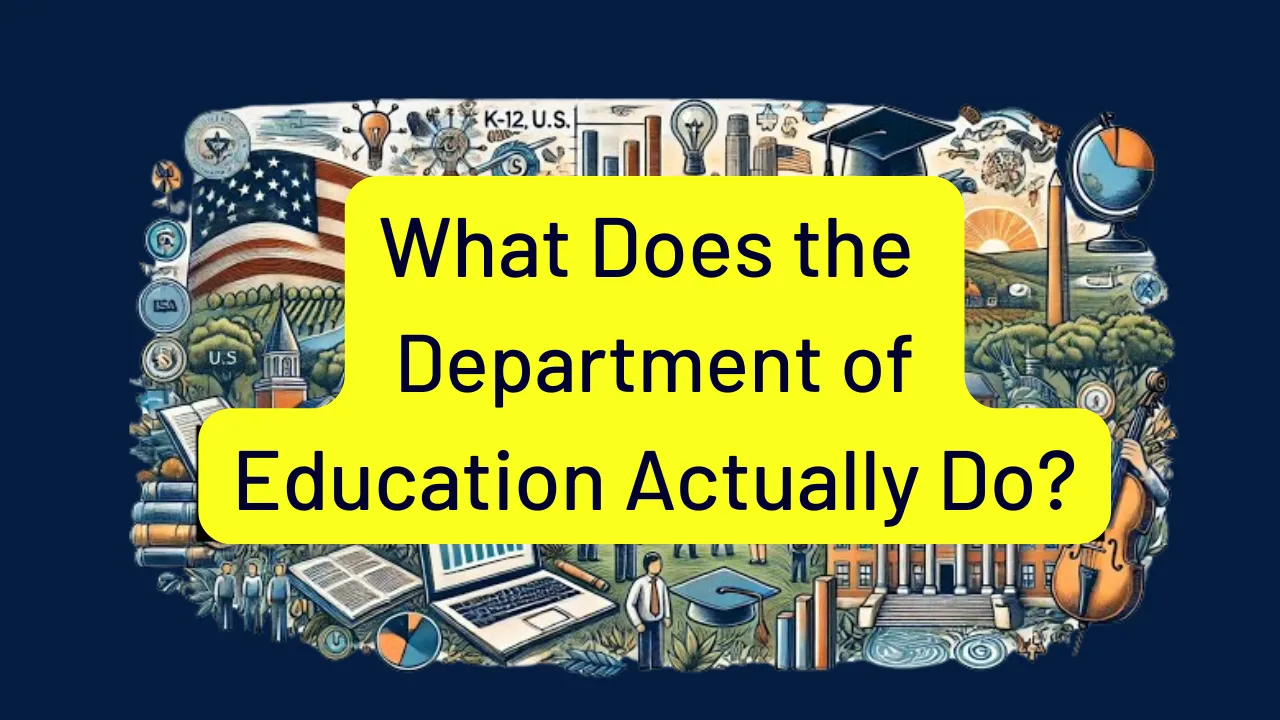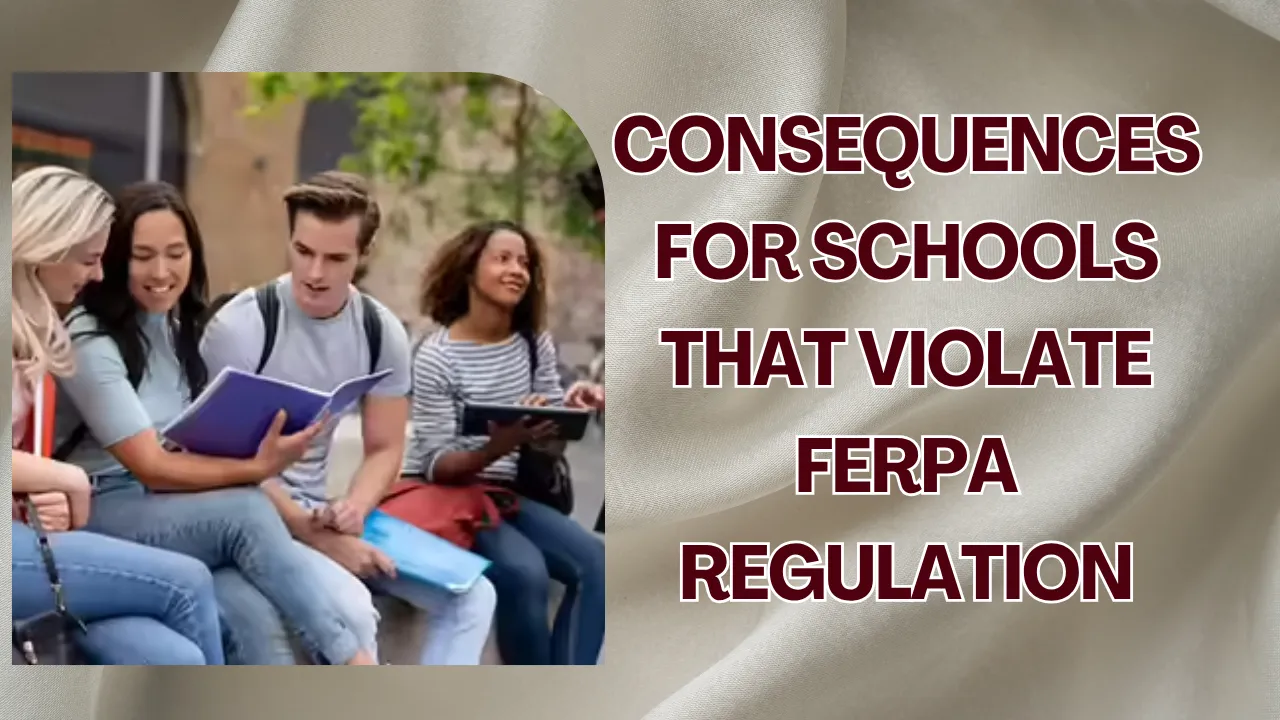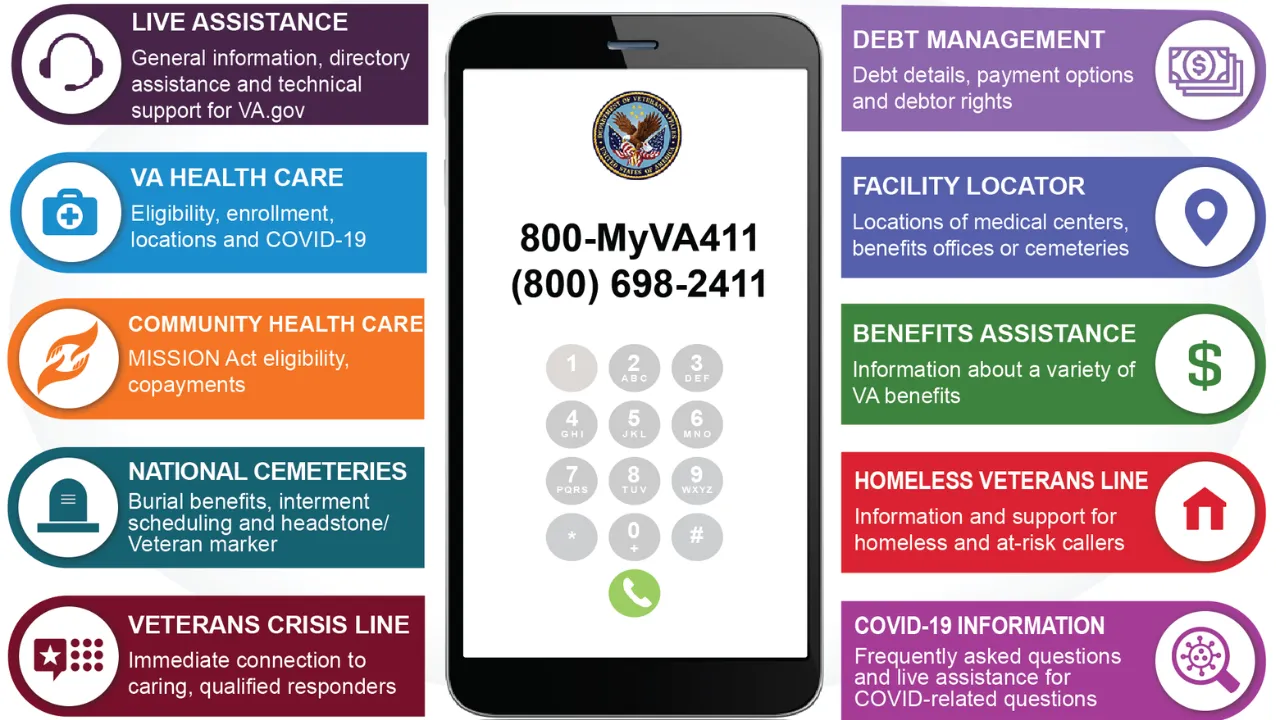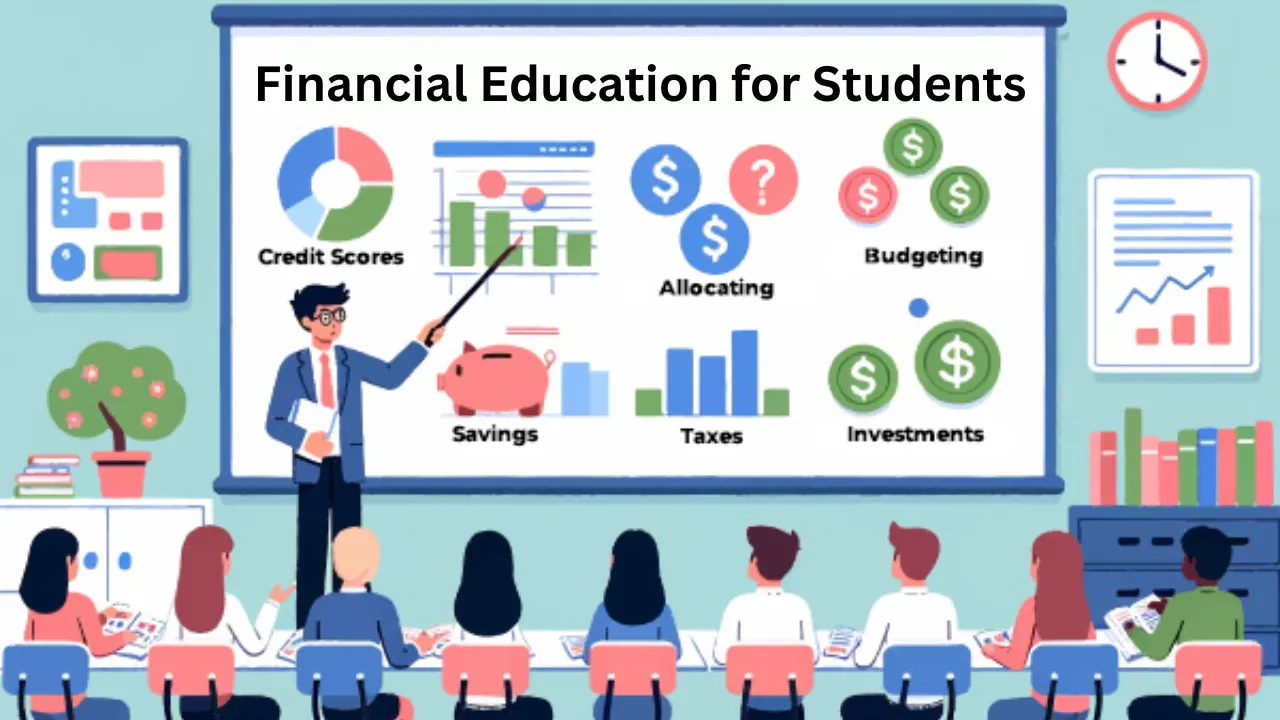Department of Education: The Department of Education is one of the most debated arms of the federal government. While its mission is to promote student achievement and ensure equal access to education, many question its scope, effectiveness, and even its existence. As the political climate shifts, so too does the conversation around what the Department should do—and what it should stop doing.
With recent attempts to downsize or dismantle the Department of Education, it’s more important than ever to understand what this agency truly handles. From managing student loans to enforcing civil rights in schools, its functions go far beyond what most Americans realize. In this article, we’ll explore its key responsibilities, legal foundation, impact on local education, and the current political forces shaping its future.
Department of Education: What It Actually Does
The Department of Education may be one of the smallest federal agencies by staff size, but its influence is massive. It operates with a focused mission: to ensure equal access to quality education, collect educational data, distribute federal funds, and protect civil rights in schools across the country.
This department doesn’t run public schools or set curricula. Instead, it provides guidance, financial support, and oversight to help state and local governments meet national education goals. It acts as a bridge—connecting policy, funding, and federal priorities to local districts, schools, colleges, and students.
Overview Table: Key Functions of the Department of Education
| Function Area | Core Responsibilities |
| Federal Student Aid | Manages over $1.6 trillion in student loans, Pell Grants, FAFSA, and work-study |
| K–12 Support | Allocates funding under Title I, IDEA, and school improvement grants |
| Civil Rights Enforcement | Enforces Title IX, Title VI, and Section 504 in federally funded educational programs |
| Data Collection & Research | Operates Institute of Education Sciences to monitor educational trends |
| Policy Guidance | Issues recommendations and sets long-term education priorities |
| Accreditation Oversight | Reviews accrediting bodies that influence college funding eligibility |
When was the Department of Education established?
The Department of Education as we know it today was created in 1979, making it one of the youngest Cabinet-level agencies. But its roots go back to 1867, when it was first launched to gather national education statistics. Political concerns about federal overreach led to its demotion, and it didn’t regain full departmental status until nearly a century later.
Its establishment was driven by a need to support underserved populations—students with disabilities, English language learners, and those from low-income families. The goal wasn’t to centralize education, but to level the playing field through consistent funding and oversight.
How big is the Department of Education?
In terms of workforce, the Department of Education is modest. It employs roughly 4,200 staff members—just 0.2% of the federal workforce. Yet it administers hundreds of billions of dollars in funding and influences the academic trajectory of tens of millions of students.
This lean structure highlights the Department’s role as a facilitator, not an operator. It doesn’t run schools—it supports them with resources and research that state and local governments often lack the capacity to manage alone.
What does the Department of Education do?
Federal Student Aid
Through its Federal Student Aid office, the Department manages financial assistance programs that reach millions. It oversees grants, federal loans, and campus-based aid like work-study. The FAFSA process is also maintained here, simplifying how students apply for aid.
K–12 Funding
The Department channels about 13-14% of public school funding through programs like Title I, which supports low-income districts, and IDEA, which assists schools in serving students with disabilities. These funds are crucial for closing opportunity gaps in under-resourced communities.
Civil Rights & Equity
The Office for Civil Rights investigates cases of discrimination in education. Whether it’s about race, gender, or disability status, this branch ensures compliance with federal laws like Title IX and Title VI.
Data Collection
Accurate information is key to shaping policy. The Department’s Institute of Education Sciences tracks school performance, graduation rates, and student achievement, informing everything from classroom strategies to national reforms.
Accreditation and Accountability
While it doesn’t accredit schools directly, the Department approves accrediting agencies that determine which colleges qualify for federal funds. This ensures that institutions meet baseline quality standards.
President Trump’s Executive Order to Dismantle the Department
In 2025, President Trump signed an executive order directing Education Secretary Linda McMahon to downsize the Department and shift power back to the states. The order was framed as an effort to reduce bureaucracy and empower local communities.
While some praised the move as a return to local control, critics warned of deep consequences. Eliminating federal oversight could widen disparities, especially in states already struggling with educational inequality. Moreover, the legal authority to fully dismantle the Department lies with Congress, not the President—making this more of a political gesture than an immediate change.
Why Federal Oversight Still Matters
Many education experts argue that federal oversight is essential for national equity. Without a centralized system:
- Civil rights protections become uneven across states.
- Disadvantaged students lose access to federal support.
- Nationwide data becomes harder to collect and compare.
- Student aid programs risk fragmentation.
In short, states vary widely in resources and priorities. A federal presence ensures that basic standards and protections apply across the board—especially for marginalized communities.
Legal and Practical Barriers to Dismantling
Abolishing a federal department isn’t simple. Congress must pass a law to dissolve the Department of Education, and doing so would require bipartisan support—something increasingly rare in today’s polarized political climate.
Even if the Department were downsized, its key programs—like Title I funding or student loan management—would still need a home. The responsibility would likely fall to agencies with less experience in education, potentially disrupting services.
Legal challenges have already delayed layoffs and restructuring plans. Courts have ruled that certain core functions are too deeply embedded in federal law to be removed by executive order alone.
The Future of the Department
Despite ongoing efforts to shrink or restructure it, the Department of Education remains central to the nation’s education system. Its responsibilities—funding, research, civil rights enforcement, and policy guidance—are essential for a functioning and fair education ecosystem.
If reform is the goal, then the conversation should be about improving effectiveness—not eliminating a department that helps millions of students each year.
Final Thoughts
The Department of Education may not be perfect, but it plays a critical role in supporting students, safeguarding rights, and driving educational progress nationwide. Dismantling it would not only be legally difficult—it could seriously weaken national efforts to promote equity, access, and quality in education.
If you care about fair funding, civil rights, or accessible college loans, now is the time to speak up. Reach out to your representatives, stay informed, and share this article with others who believe in educational opportunity for all.
Join the conversation. Let’s protect what matters in education—together.



















